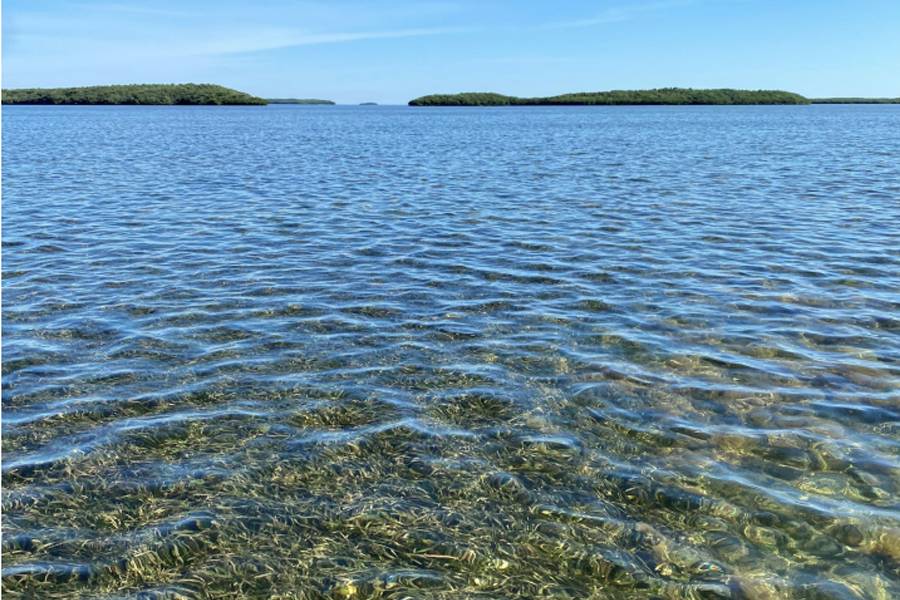Grassroots Effort Protects Gulf of Mexico’s Largest Seagrass Bed

Office of Resilience and Coastal Protection
TALLAHASSEE, FL – Florida’s newest aquatic preserve is officially set to move forward, with a management plan aimed at protecting some 350,000 acres of sea grass.
The Nature Coast Aquatic Preserve off Florida’s west coast is the first new preserve to be designated in more than 30 years, and part of the largest sea grass bed in the Gulf of Mexico. The Florida Department of Environmental Protection has approved a plan to protect the 700 square miles of coastal habitat along Citrus, Hernando and Pasco counties.
William Toney, a fishing guide in Homosassa, said he is not a political person, but spent years attending meetings to fight for his livelihood, and the health of the Gulf.
“It really meant a lot to me, and to the people in our communities here,” Toney emphasized. “Especially us that make a living on the water, you know, we need that protection of our sea grass, for all our fish and crabs and shrimp.”
Toney pointed out economies of the towns connected to the preserve are mostly driven by tourism and fishing. The state management plan calls for routine water quality testing, restoring damaged sea grass and encouraging community groups to work together. The preserve is now the 42nd in the Florida system.
The areas encompassing the preserve are home to mangrove islands, salt marshes, oysters, sponges, corals and more, and the plan still allows for recreational activities, like boating, fishing and scalloping.
Joy Hazell, extension agent for the University of Florida/IFAS Extension, said locals saw the need to protect their own.
“The community went to the state government and said, ‘We want to protect this,’ ” Hazell explained. “When you have those community-driven resource protections, you just have a stronger agreement between the people who use the resource and the people who are in charge of managing the resource.”
Community members cited increasing threats from pollution as part of their concerns. Recent bouts of red tide and other harmful algae blooms, fueled by farm and fertilizer runoff, dominated headlines, taking a toll on marine life and tourism businesses.



Comments are closed.